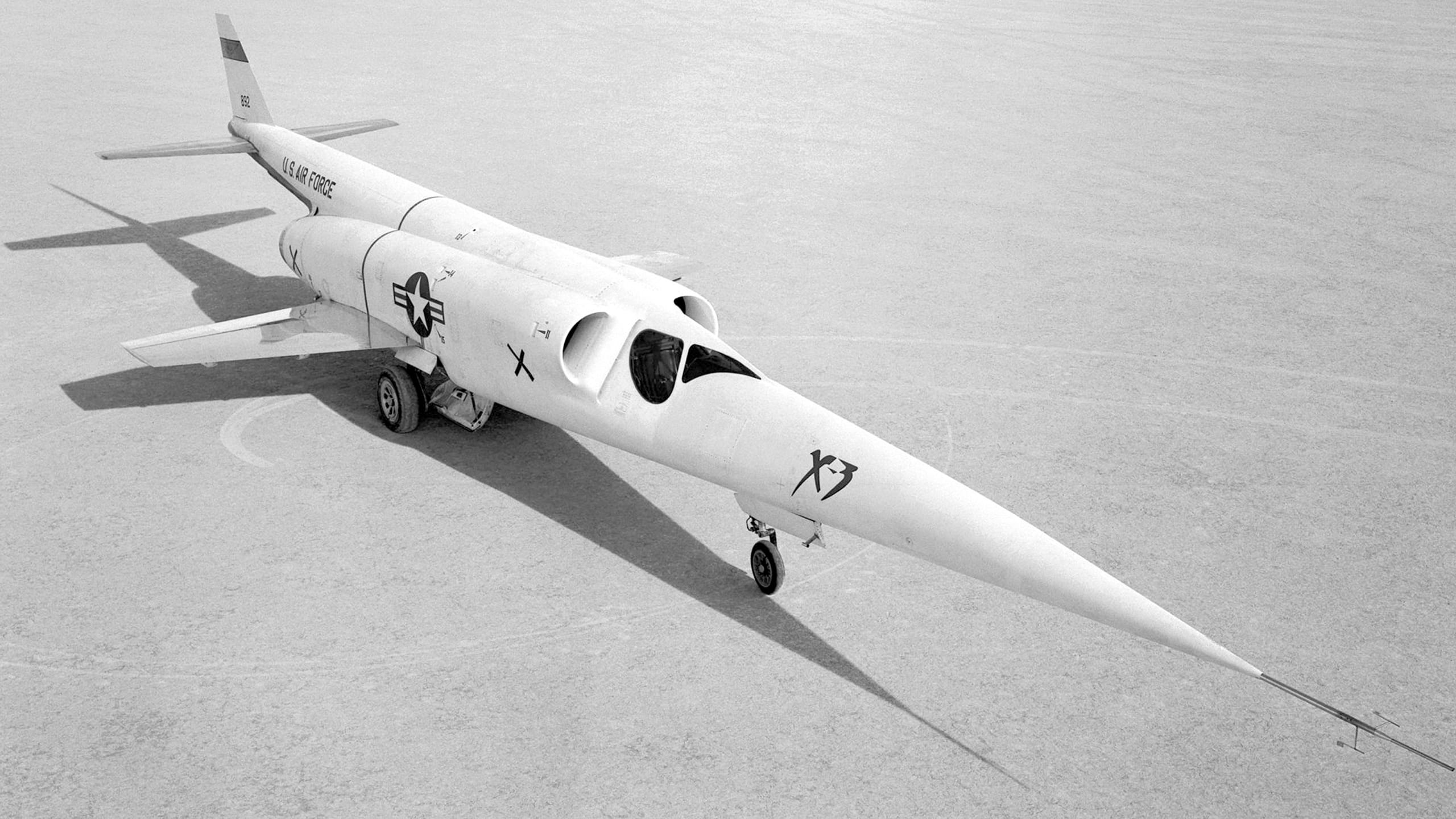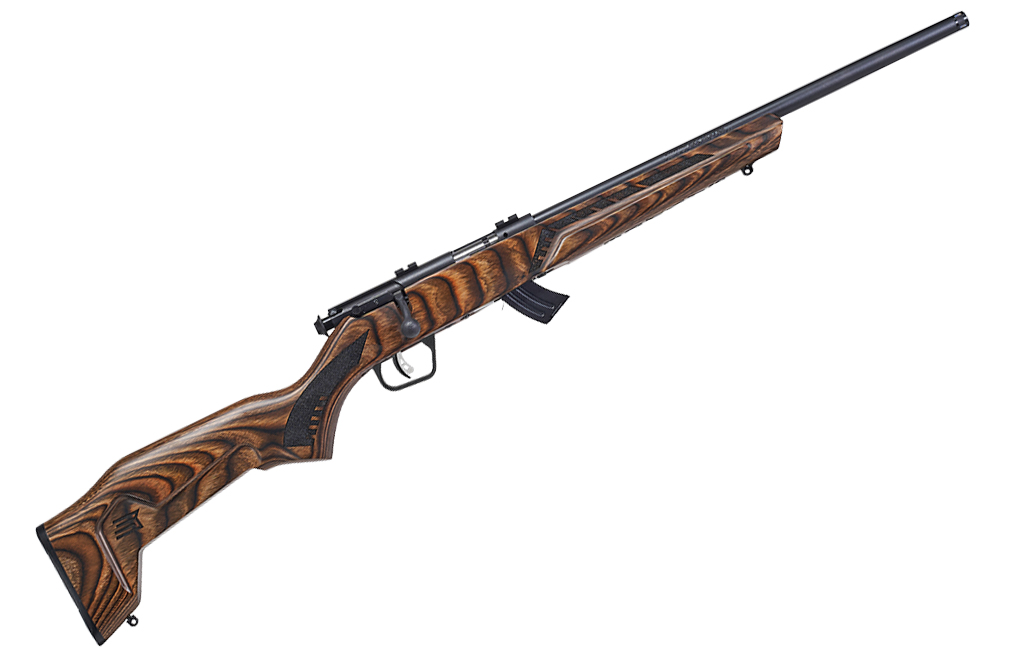The 1911A1’s blade required only a small tenon, while bigger blades benefit from screw attachment. Both types of dovetail offer maximum strength.
There are some facts that you distinctly remember learning. For example, I learned how to pronounce “bruschetta” by mispronouncing it in front of a friend whose Sicilian roots run deeper than the lava tubes under Mount Etna.
Then, there are the ones you just picked up along the way and have no recollection when or how, like “A pint’s a pound the world around” as a way of remembering that both have 16 ounces, or that a quarter mile is 1,320 feet. I have no idea when I absorbed those.
I distinctly remember learning about traditional M1911 front-sight attachment, though, when I brought a pistol to Shannon, the gunsmith at a shop where I used to work, and asked him to install night sights on it. He took one look at it and, in a tone that was less than enthusiastic, said “Oh, it’s a Springfield Armory.”
That’s where I learned about tenon sizes. Traditional M1911 front sights, like those on a USGI pistol, had a little metal peg—or “tenon”—that went down into a hole on the slide. From the underside of the slide, a pistolsmith would then stake the tenon in place, basically deforming the metal like a rivet to hold it snugly.
On the traditional M1911 pistols, that tenon measured only .055 inch wide, but the front sight was only the size of a fingernail clipping, so it was plenty adequate to keep it secure.
This is important because the sights on a reciprocating pistol slide are subjected to tremendous G-forces. As front-sight options grew, various high-visibility combat or target front sights came along. This was problematic, because larger sights were proportionally heavier than the old, sliver-size blades and subjected that sight-mounting setup to what were—for it—excessive forces.
Eventually, a new “wide tenon” size was introduced for M1911s to put a stop to the plague of front sights littering the ranges of America with their .055-inch tenons sheared clean in half. This became especially important as night sights, with their glowing tritium vial inserts, became common. A tritium front sight must be a certain width just to accommodate the vial. Also, particularly in the 1980s and ’90s, that was not an insubstantial investment, and having it depart the slide during a firing string at the range was an expensive annoyance. Having it do so in a dark parking lot on a two-way pistol range would be even less amusing and more costly.
The new tenon was .125-inch wide, and sight manufacturers could comfortably offer sights with two different tenon widths and be assured that their products would fit most 1911s on the market.
The reason Shannon looked less than thrilled when I handed him that Springfield was because it used a tenon size that was neither fish nor fowl: The manufacturer decided on a .085-inch tenon size as a happy medium, and back then hardly any after-market sight companies accommodated it. This meant ordering a wide-tenon front sight and carefully removing a few hundredths of an inch of metal off the tenon—evenly from both sides to ensure it was still centered—before staking it on.
When Glocks came along, the manufacturer used a similar attachment method, except that the tenon on the base of the front sight had a threaded hole in it. Rather than staking, a tiny screw would be threaded into this from the underside, with thread locker to secure it.
This was more than adequate for the polymer front sights that came standard on Glocks, and even worked quite well with a variety of night sights. Further, it didn’t require any special expertise or staking tools, just a teeny little hex socket to turn the screw and some Loctite. You could actually “Try this at home, kids!” without even having to be too adventuresome or mechanically inclined.
There were only two real shortcomings of the Glock method of attaching the front sight: The first was if you somehow didn’t apply the thread locker properly or tighten the screw enough. The other was that the little tenon and screw sometimes had issues with really massive front sights (such as the suppressor-height kind), when installed on pistols chambered in certain rather energetic calibers, as I discovered.
The simplest solution for mounting a front sight that will withstand pretty much any amount of recoil is to mount it via a dovetail. Such lateral dovetails come in a variety of dimensions, but an industry standard for most service pistols these days is based on the one used originally by the classic alloy-frame SIG Sauer P-series duty pistols. When the popular XD series of pistols sold by Springfield Armory first debuted under its old name of HS2000, one of the selling points was that if you wanted to add night sights, you could just buy a set intended for the SIG and they’d go right on (assuming you had the tools and ability to remove and reinstall dovetail sights, or had access to someone who did).
That lateral dovetail was almost impervious to recoil and could support most any reasonably sized front-sight blade. Only assuring that the dovetail dimensions of your aftermarket sight and that you had access to a sight pusher tool or a vise and hammer and nylon drift punch stood between you and unlimited sight choices.
That proper installation thing when installing dovetail sights was especially important if you happened to be installing tritium night sights. There were few things more dis- appointing than to finish whacking on the front sight to get it into place, then holding it up and realizing that your enthusiastic percussion had fractured the tritium vial and it wasn’t glowing anymore. If you’re installing sights more than once or twice a year, a pusher tool can be a lifesaver.
Another hang up for lateral dove- tails was found on high-grade, cus- tom 1911s, where the top of the slide is rounded and a good pistolsmith would blend the contours of the dovetail to match the curvature of the slide. This looks great, but if you and your custom 1911 are in it for the long haul, that tritium sight will need replacing in 8 to 12 years (as the tritium decays), and then you’ll need to find a pistolsmith to blend the dovetail on the new one; a First World problem, true, and perhaps not even a big concern by then.
Perhaps the cleverest solution to the front sight dilemma is to be found on CZ pistols that have longitudinal dovetails. Rather than running side-to-side like a traditional one, as the name suggests the CZ dovetail runs fore-and-aft, and no conceivable amount of recoil is going to cause the sight to separate from the slide. To secure it in a foreword direction, there’s a cross-pin. Other pistols using longitudinal dovetails may use a setscrew to accomplish the same function, but either way, it’s a nearly foolproof installation method.
Read the full article here









![KE Arms Shotgun Picatinny Stock Adapter [FIRST LOOK] KE Arms Shotgun Picatinny Stock Adapter [FIRST LOOK]](https://www.recoilweb.com/wp-content/uploads/2025/01/KE-Arms-Shotty-3.jpg)


Leave a Reply